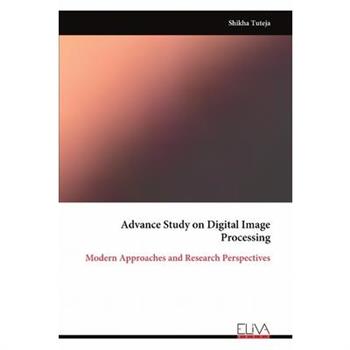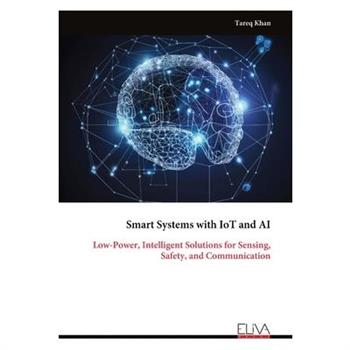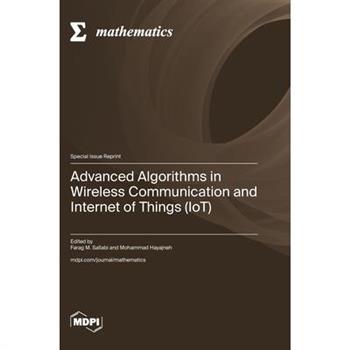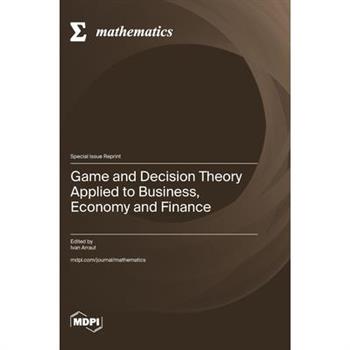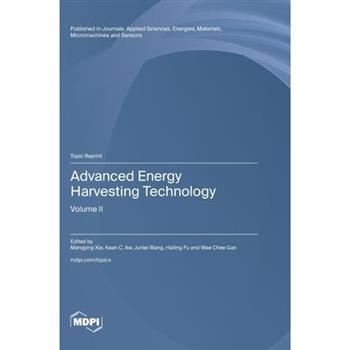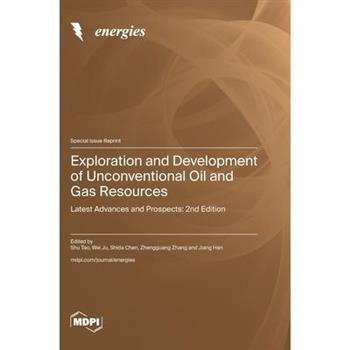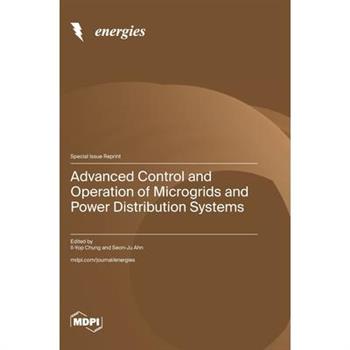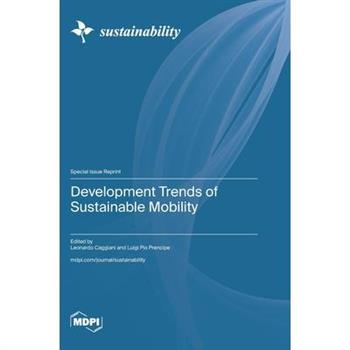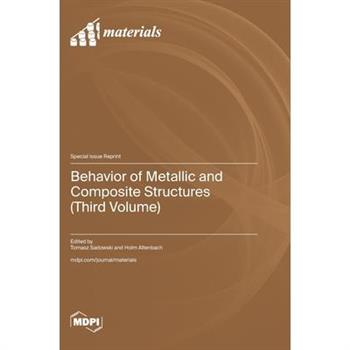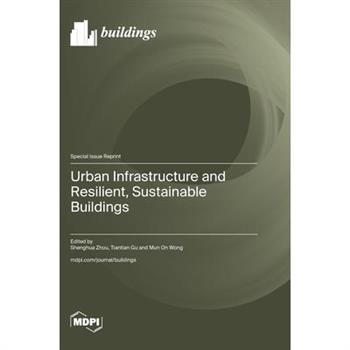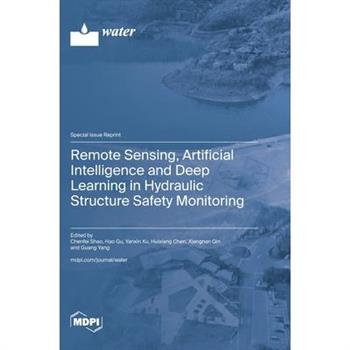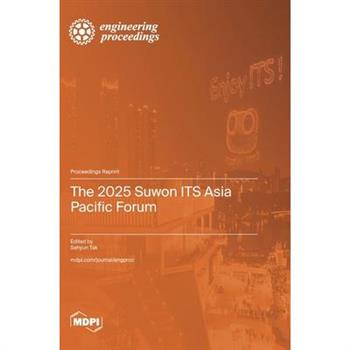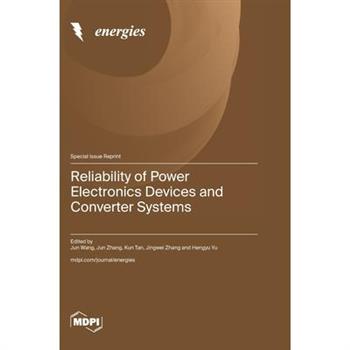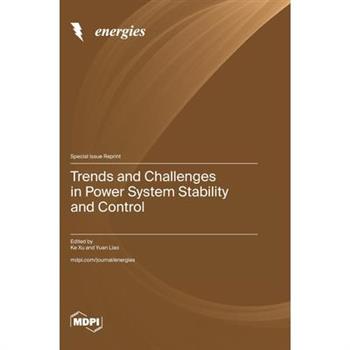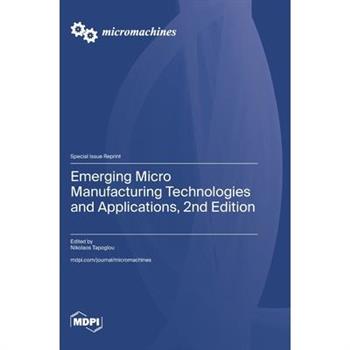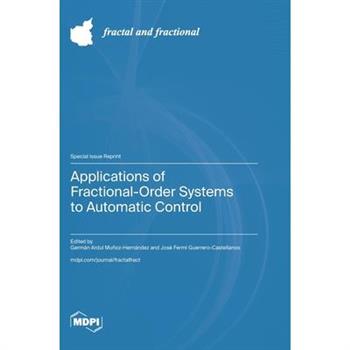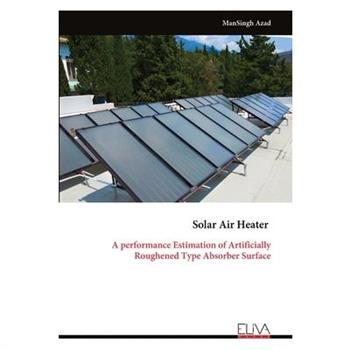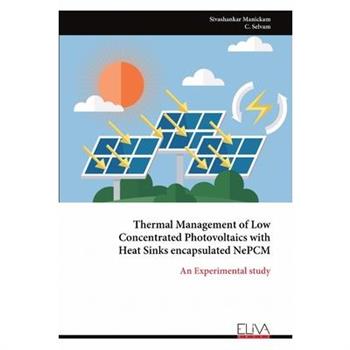Game and Decision Theory Applied to Business, Economy and Finance
Advanced Research in Shipping Informatics and Communications
Application of Deep Learning in Underwater Image Processing
The Human Rules of Digital Marketing that Work
Behavior of Metallic and Composite Structures (Third Volume)
Advanced Electrical Machines and Drives Technologies, 2nd Edition
Reliability of Power Electronics Devices and Converter Systems
Trends and Challenges in Power System Stability and Control
The Body Digital
A dazzling tour of the history of technology and its complex relationship to the human body What is the relationship between our bodies and our senses and technology? In today's world of blinding technological change, of artificial intelligence and deepfakes and Chat GPT, it is easy to forget that we have always had complicated relations with technology--whether that technology is computers, player pianos, and even eyeglasses. In this wide-ranging and fascinating study, Vanessa Chang takes us on a historical tour of the interactions between our bodies and machines, showing that the advent of new technologies has always been met with varied reactions, from misplaced fear to tragic over-optimism. The result is cultural critique of the highest order and a profound demonstration of the eternal truth that in order to understand the future, we must look to the past.
A Brown & Sharpe Catalogue Collection, 1868-1899
Anyone who collects or studies 19th century machine tools and machinist s tools will be delighted with the three catalogs that are reprinted in this valuable book.




